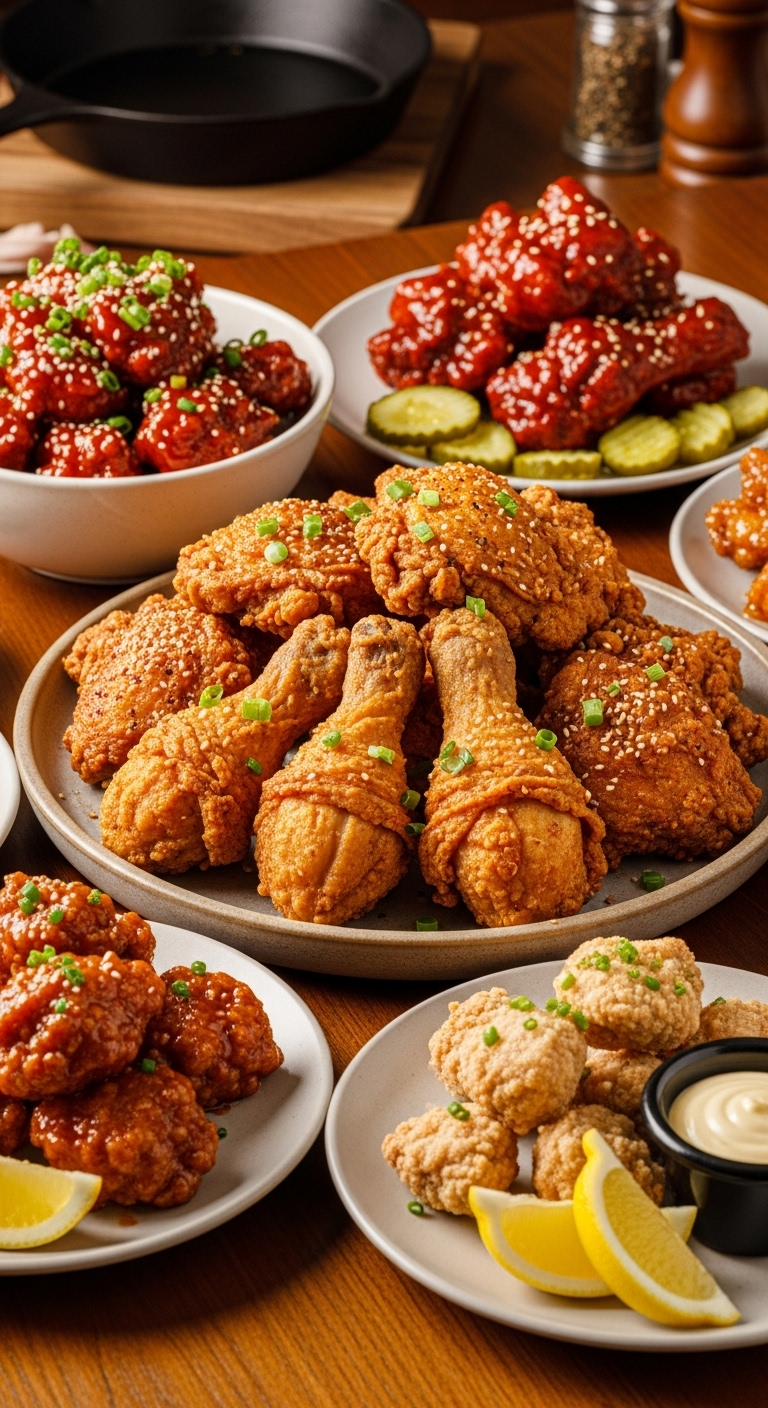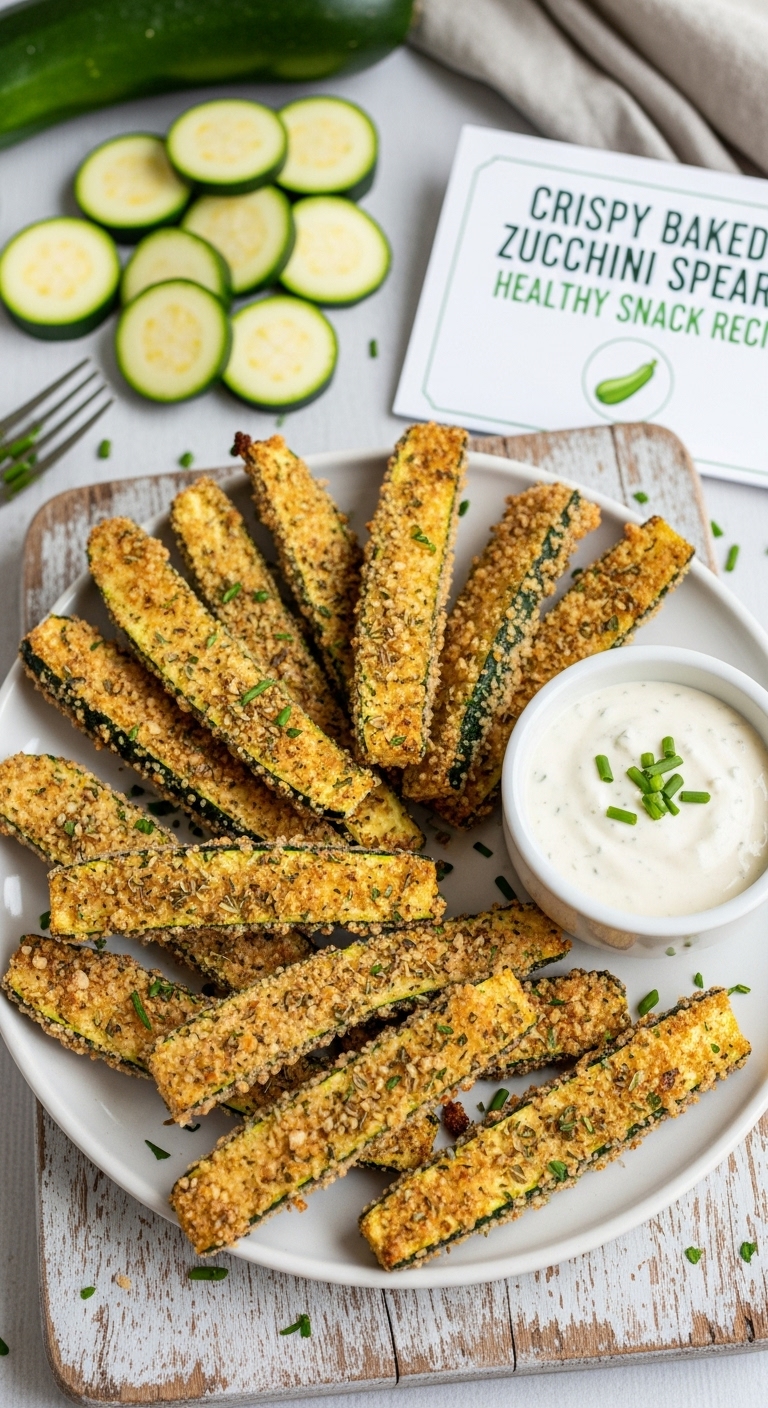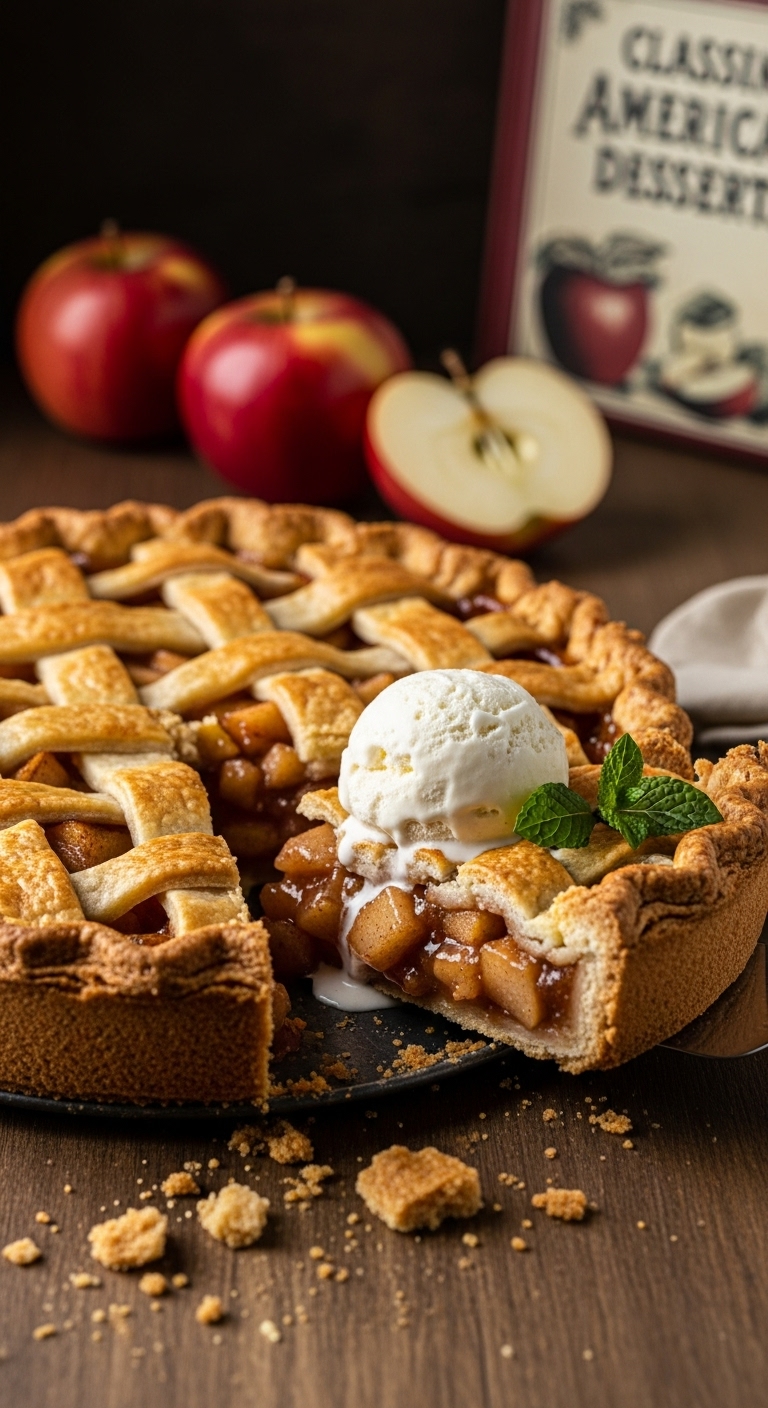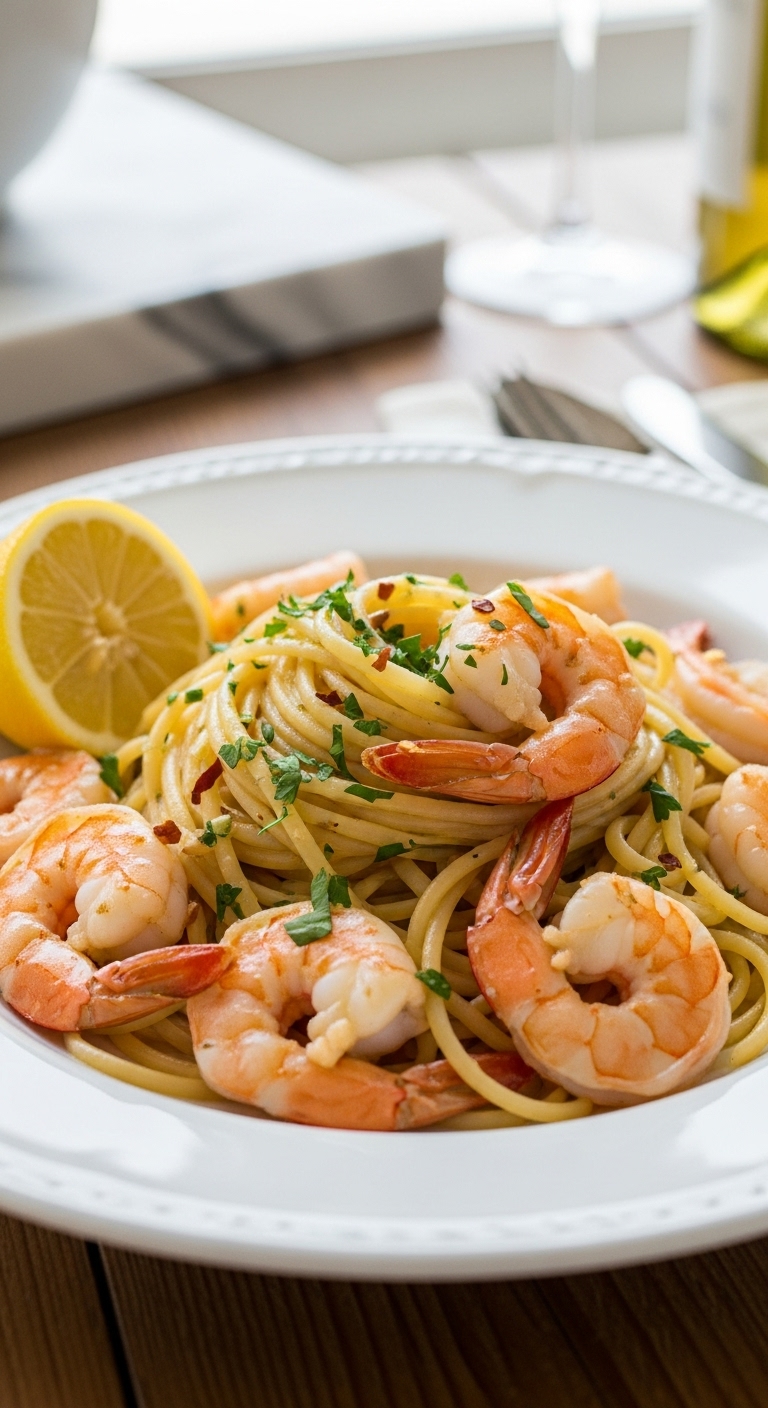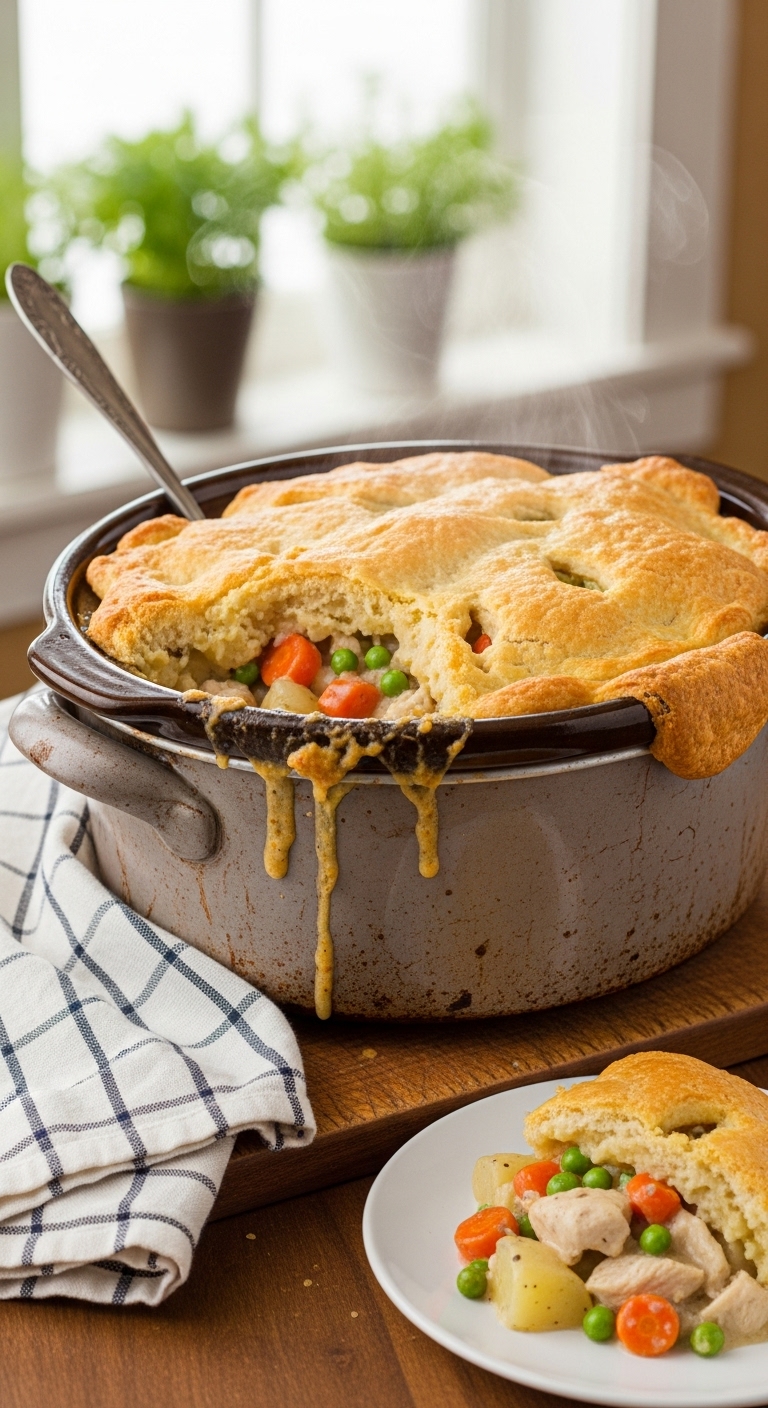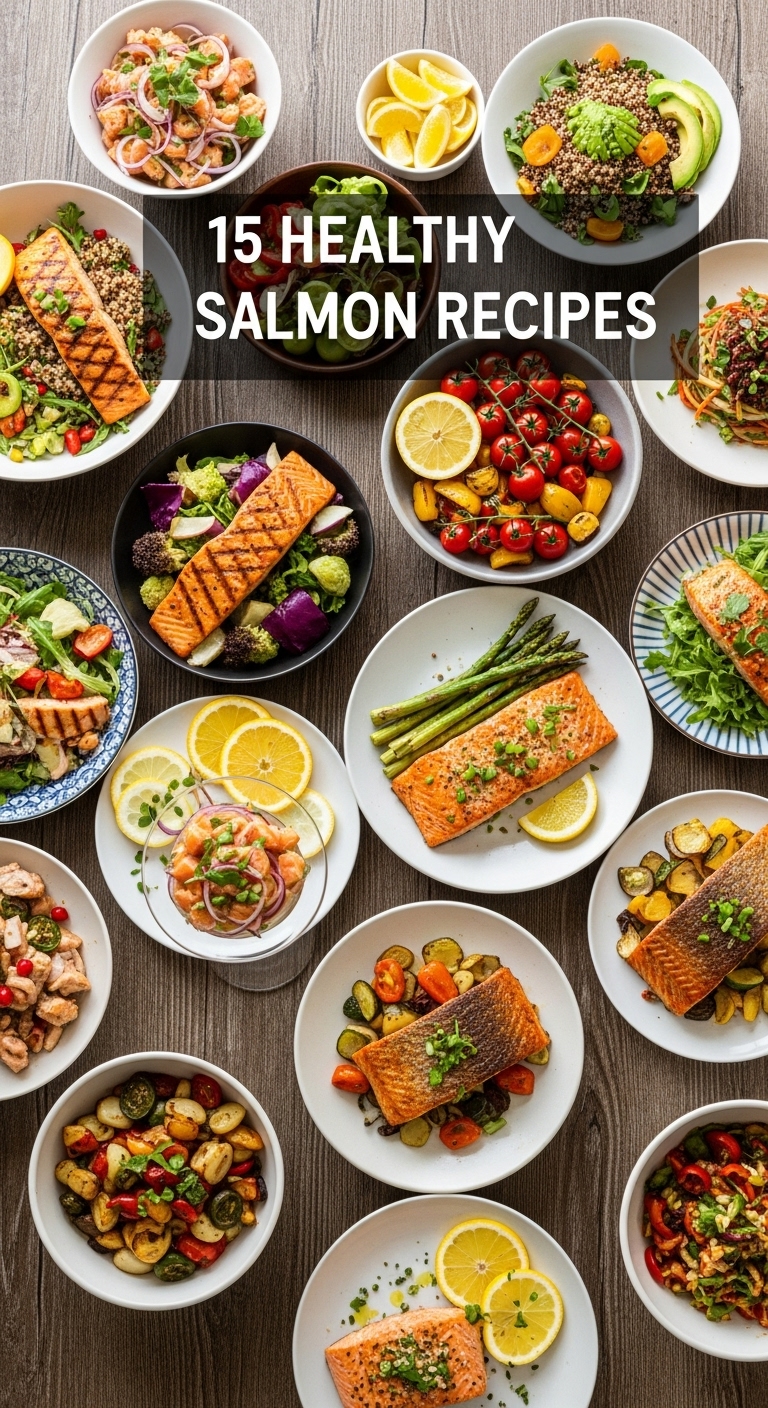The Ultimate Meatball Recipe: Secrets to Tender, Juicy Perfection Every Time

Is there any food more universally comforting than a perfectly crafted meatball? That sublime moment when you cut into a tender, juicy sphere of seasoned meat, releasing an aroma of garlic, herbs, and savory goodness is nothing short of culinary magic. Yet so many home cooks struggle with meatballs that are dense, tough, dry, or falling apart—transforming what should be a celebration of flavor into a disappointing meal.
The truth is, creating incredibly tender, flavorful meatballs isn’t about secret ingredients, but about understanding a few crucial principles. The difference between a good meatball and a great one lies in the balance of moisture, fat, and binders, along with proper cooking technique. Whether you’re serving them submerged in rich marinara sauce over pasta, nestled in a crusty sub roll, or presented as elegant appetizers, mastering the basic meatball unlocks countless meal possibilities.
This comprehensive guide will transform your meatball game forever. We’ll explore the science behind tenderness, the role of each ingredient, and techniques used by professional chefs to achieve light, airy textures that seem to melt in your mouth. Get ready to discover why your grandmother’s secret might have been panade, how cheese contributes to both flavor and texture, and why the cooking method you choose makes all the difference.
Recipe Quick Facts Meatball Recipe
| Detail | Information |
|---|---|
| Prep Time | 20 minutes |
| Cook Time | 25-30 minutes |
| Total Time | 50 minutes |
| Yield | 20-24 meatballs (1.5-inch) |
| Difficulty | Easy |
| Cuisine | Italian-American |
Essential Equipment
- Large mixing bowl
- Rimmed baking sheet
- Parchment paper or aluminum foil
- Cooling rack (optional but recommended)
- Large skillet (if pan-frying)
- Ice cream scoop or tablespoon for uniform sizing
- Instant-read thermometer
The Ultimate Meatball Ingredients

The Meat Selection (The Foundation)
- 1 lb ground beef (80/20 fat ratio for optimal juiciness)
- ½ lb ground pork (adds flavor and fat)
- ½ lb ground veal (for delicate texture) OR additional ½ lb pork
*Why three meats? The combination creates complex flavor and ideal fat distribution. For simpler versions, use 1 lb beef + 1 lb pork.*
The Panade (The Secret to Tenderness)
- 1 cup fresh breadcrumbs (or ¾ cup panko)
- ½ cup whole milk (or buttermilk for extra tang)
- 1 large egg, lightly beaten
The panade (bread-milk mixture) is the most crucial element for preventing tough, dense meatballs.
The Flavor Builders
- ½ cup freshly grated Parmesan cheese
- ¼ cup finely chopped fresh parsley
- 3 garlic cloves, minced
- 1 small onion, finely grated or minced (about ¼ cup)
- 1 tsp dried oregano
- 1 tsp salt (adjust to taste)
- ½ tsp black pepper
- ¼ tsp red pepper flakes (optional)

Step-by-Step Instructions
Step 1: Create the Panade
In a large bowl, combine the breadcrumbs and milk. Let this mixture sit for 5-10 minutes until the bread has absorbed all the milk and become a soft paste. This panade will distribute throughout the meat, releasing moisture during cooking and preventing the proteins from tightening too much, which is what causes toughness.
Step 2: Combine Ingredients Gently
To the panade, add the beaten egg, grated Parmesan, parsley, garlic, onion, oregano, salt, pepper, and optional red pepper flakes. Mix these ingredients until well combined. Add the ground meats to the bowl.
CRUCIAL TECHNIQUE: Using your fingertips or a fork, gently mix the meat with the other ingredients until just combined. Overmixing develops the meat’s proteins, resulting in a dense, tough texture. Mix until you no longer see visible streaks of individual meats.
Step 3: Test for Seasoning
Before forming all your meatballs, cook a small tester patty. Heat a small skillet over medium heat, form a tablespoon of the mixture into a small patty, and cook through. Taste and adjust the seasoning of the remaining mixture if needed. This simple step ensures perfectly seasoned meatballs.
Step 4: Form the Meatballs
Using damp hands (to prevent sticking), gently roll the mixture into 1.5-inch balls (about 2 tablespoons each). Place them on a parchment-lined baking sheet or plate. Avoid compacting them tightly—a light touch creates airier meatballs.

Step 5: Choose Your Cooking Method
Oven-Baking (Recommended for Even Cooking)
- Preheat oven to 400°F (200°C).
- Arrange meatballs on a parchment-lined baking sheet, leaving some space between them.
- For extra browning, place the baking sheet on a rack in the upper third of the oven.
- Bake for 18-22 minutes, until cooked through (internal temperature of 160°F).
Pan-Frying (For Maximum Flavor)
- Heat 2 tablespoons of olive oil in a large skillet over medium heat.
- Working in batches to avoid crowding, brown meatballs on all sides, about 8-10 minutes total.
- Transfer to a plate and finish cooking in simmering sauce if desired.
Simmering in Sauce (The Traditional Approach)
- Bring your favorite marinara sauce to a gentle simmer in a large pot.
- Carefully add raw meatballs to the sauce.
- Simmer gently, partially covered, for 25-30 minutes, until cooked through.
Pro Tips for Perfect Meatballs
- Keep Everything Cold: Chill your mixing bowl and meat for 30 minutes before starting. Cold fat translates to more tender meatballs.
- The Gentle Touch: Handle the meat mixture as little as possible. Mix until just combined and roll gently.
- Uniform Sizing: Use a cookie scoop or tablespoon measure to ensure all meatballs are the same size for even cooking.
- Don’t Skip the Panade: This bread-milk mixture is non-negotiable for tender results.
- Fresh vs. Dry Breadcrumbs: Fresh breadcrumbs make a more delicate texture, while panko provides a slightly lighter result.
- The Resting Rule: Let the mixed meatball mixture rest in the refrigerator for 15-30 minutes before forming. This helps the breadcrumbs fully hydrate and makes the mixture easier to handle.

Flavor Variations
Swedish Meatballs
Add ¼ tsp ground allspice, ¼ tsp nutmeg, and decrease Parmesan to 2 tablespoons. Serve with creamy gravy.
Asian-Inspired Meatballs
Replace Parmesan with 2 tbsp soy sauce, 1 tbsp grated ginger, and 2 chopped green onions. Use panko breadcrumbs.
Mediterranean Lamb Meatballs
Use 1 lb ground lamb + 1 lb ground beef. Add 1 tsp cumin, ½ tsp coriander, and 2 tbsp chopped fresh mint.
Turkey Meatballs
Substitute ground turkey for all meats. Add 2 tbsp olive oil to the mixture to compensate for lower fat content.
Serving Suggestions
- Classic Spaghetti and Meatballs: Simmer in marinara sauce and serve over pasta with extra Parmesan.
- Meatball Subs: Place in crusty Italian rolls, top with sauce and provolone cheese, and broil until bubbly.
- Appetizer Party: Make smaller, bite-sized meatballs and serve with various dipping sauces.
- Standalone Entrée: Serve 3-4 meatballs with mashed potatoes and roasted vegetables.
Storage and Reheating
- Refrigeration: Cool completely and store in an airtight container for up to 4 days.
- Freezing: Arrange cooked, cooled meatballs in a single layer on a baking sheet to freeze solid, then transfer to freezer bags. They’ll keep for 3 months.
- Reheating: Thaw if frozen. Reheat in simmering sauce for 10-15 minutes or in a 350°F oven for 15-20 minutes until hot.
Food Safety Notes
- Always cook meatballs to an internal temperature of 160°F (71°C).
- Use a thermometer to check several meatballs from different parts of the baking sheet.
- Wash hands, utensils, and surfaces thoroughly after handling raw meat.
- Do not leave cooked meatballs at room temperature for more than 2 hours.

Frequently Asked Questions
Q: Can I make meatballs ahead of time?
A: Yes! Prepare the mixture, form into balls, and refrigerate for up to 24 hours before cooking. You can also freeze raw formed meatballs on a baking sheet, then transfer to freezer bags for up to 3 months.
Q: Why do my meatballs always fall apart?
A: This is usually due to insufficient binders (egg, panade) or overhandling. Make sure your panade is properly hydrated and handle the mixture gently.
Q: Can I use only beef?
A: Absolutely. Use 2 lbs of 80/20 ground beef. The texture will be slightly denser but still delicious.
Q: How can I make gluten-free meatballs?
A: Use gluten-free breadcrumbs or crushed gluten-free crackers in your panade. The method remains the same.
Q: Why are my meatballs tough?
A: The most common causes are overmixing, using meat that’s too lean, or skipping the panade. Handle gently and don’t skip the moisture-building ingredients.
Conclusion: Your New Go-To Meatball Mastery
The journey to perfect meatballs is one of understanding balance—the balance of meats for complex flavor, the balance of binders for structural integrity, and the balance of moisture for irresistible juiciness. With this comprehensive guide, you’re now equipped not just with a recipe, but with the knowledge and techniques to create exceptionally tender, flavorful meatballs every time.
Remember that the gentle touch in mixing, the wisdom of the panade, and the patience to not overcrowd your cooking surface are what separate good meatballs from extraordinary ones. These little spheres of comfort are more than just food—they’re edible expressions of care and culinary wisdom.
Whether you’re preparing a weeknight family dinner or entertaining guests, these meatballs will become a cherished part of your cooking repertoire. So roll up your sleeves, mix gently, and get ready to create meatball magic that will have everyone asking for your secret. The path to perfect meatballs is now in your hands—happy cooking

